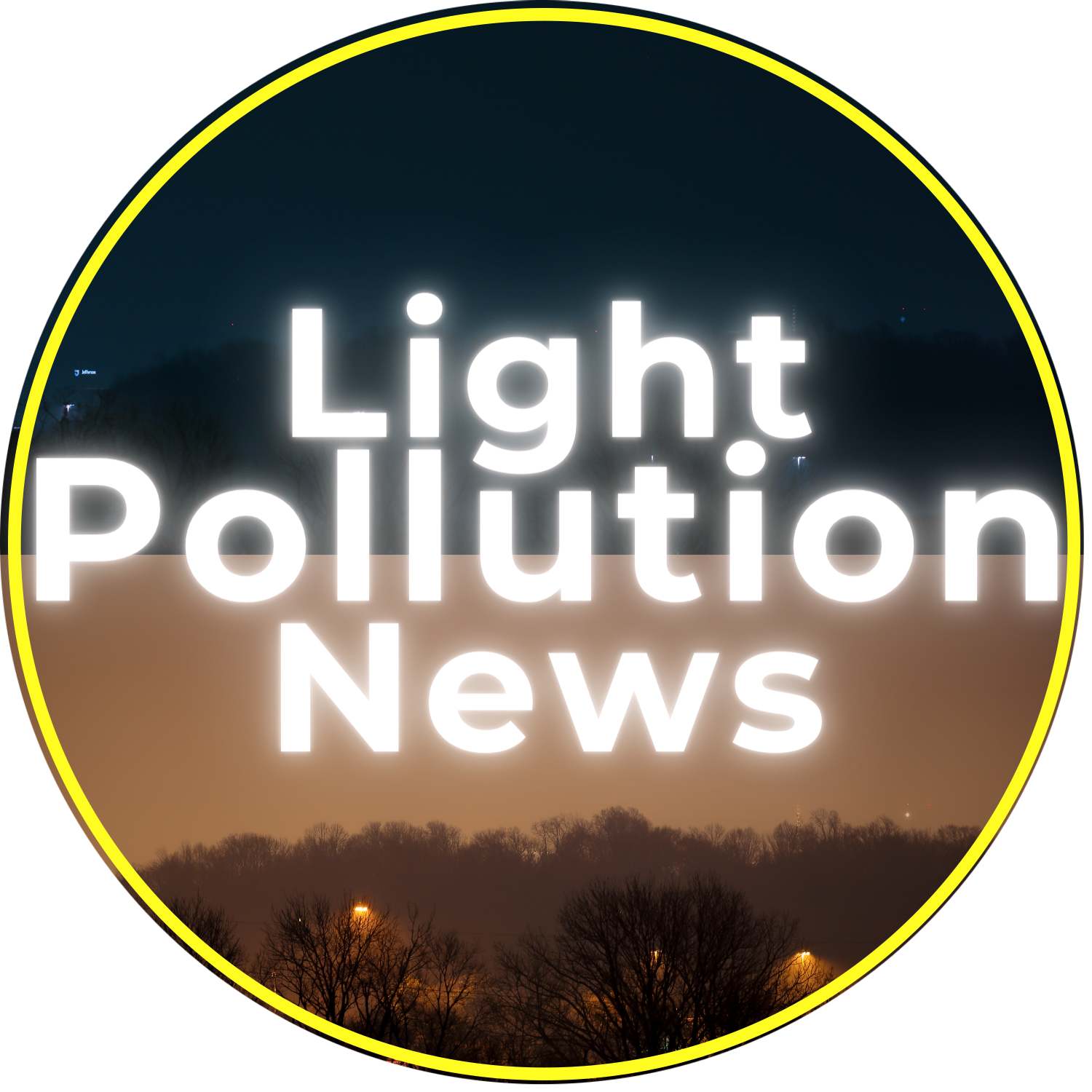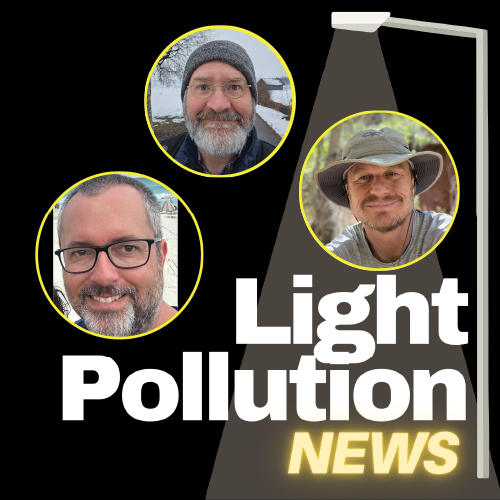
Join the conversation at r/lightpollutionnews or Follow us @Light.Pollution.News or LightPollutionNews. Join our mailing list.

May 2024: Radio Aero Ecology, Light Pollution News.
Host:
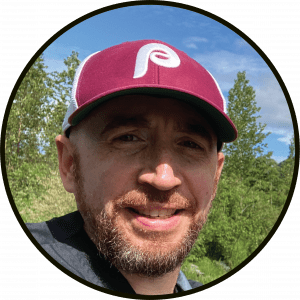
Guests:
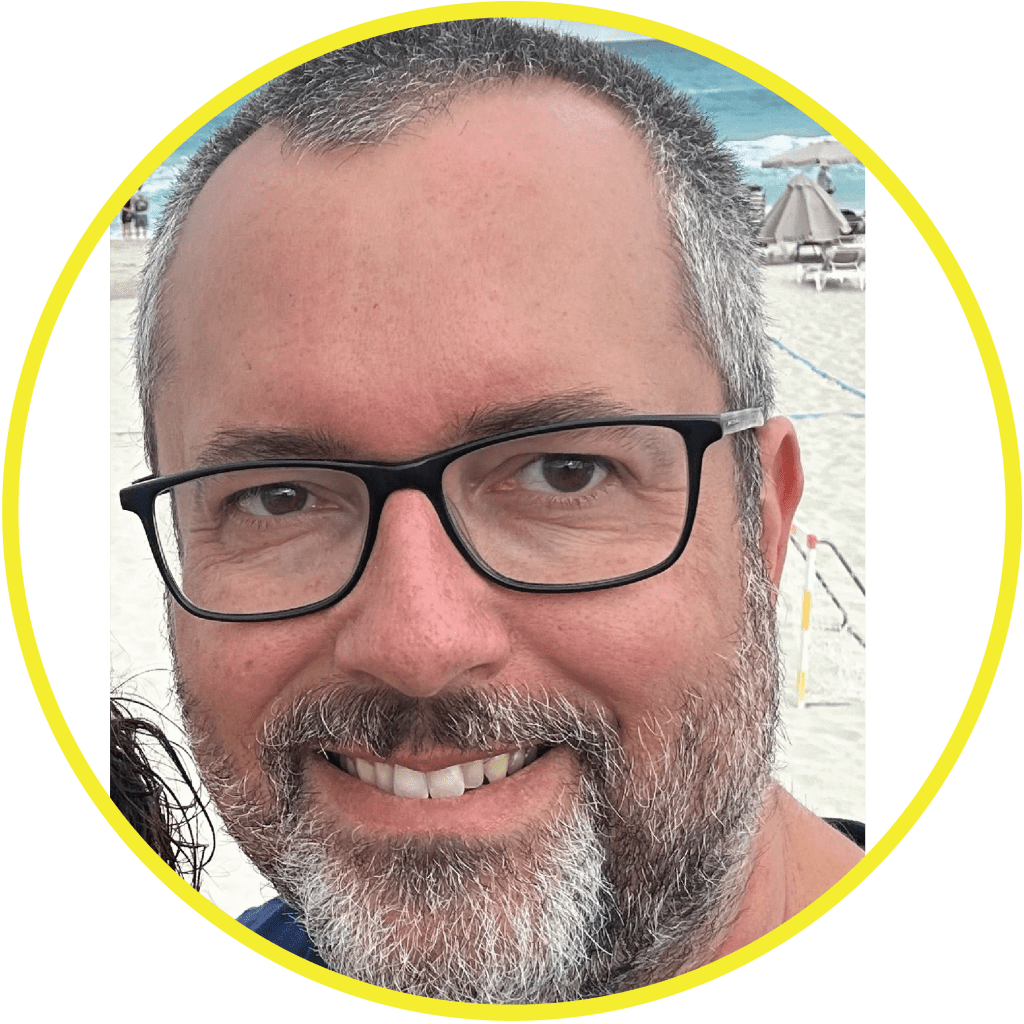
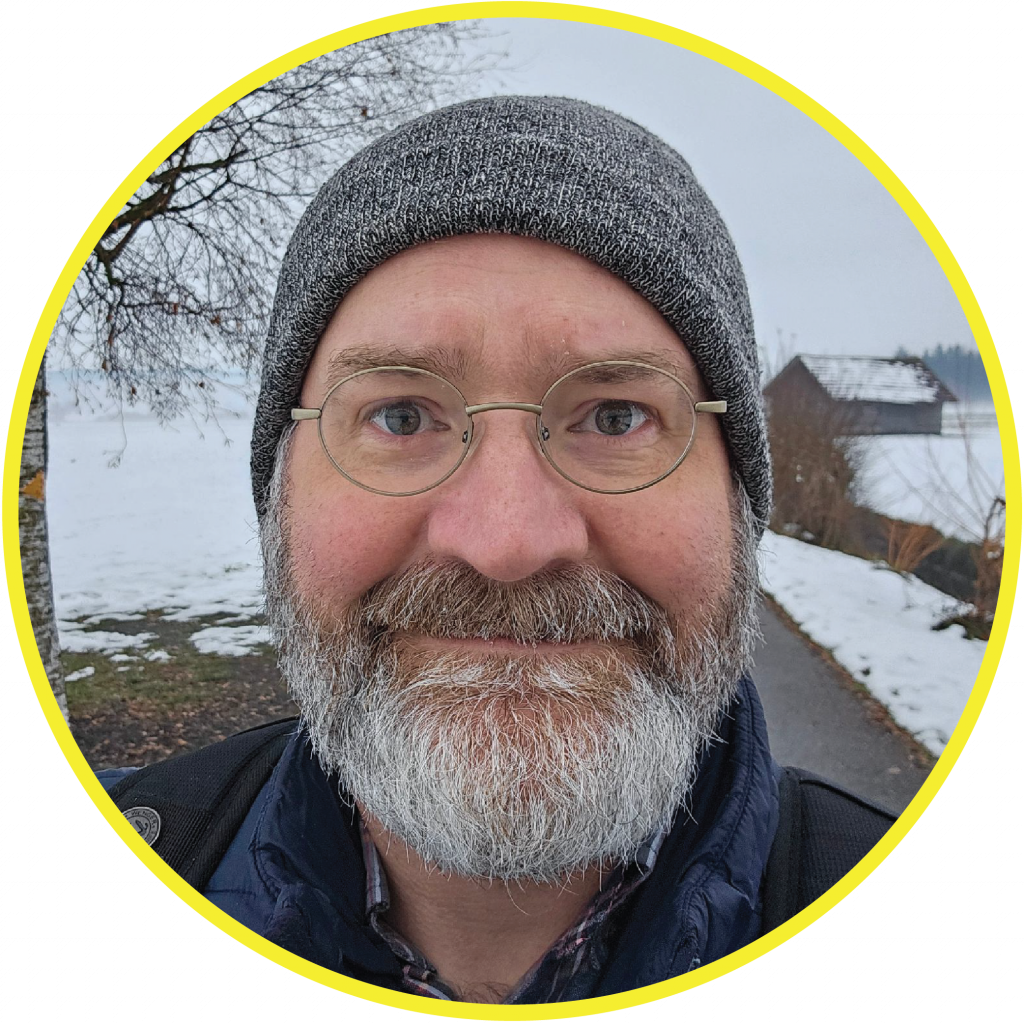
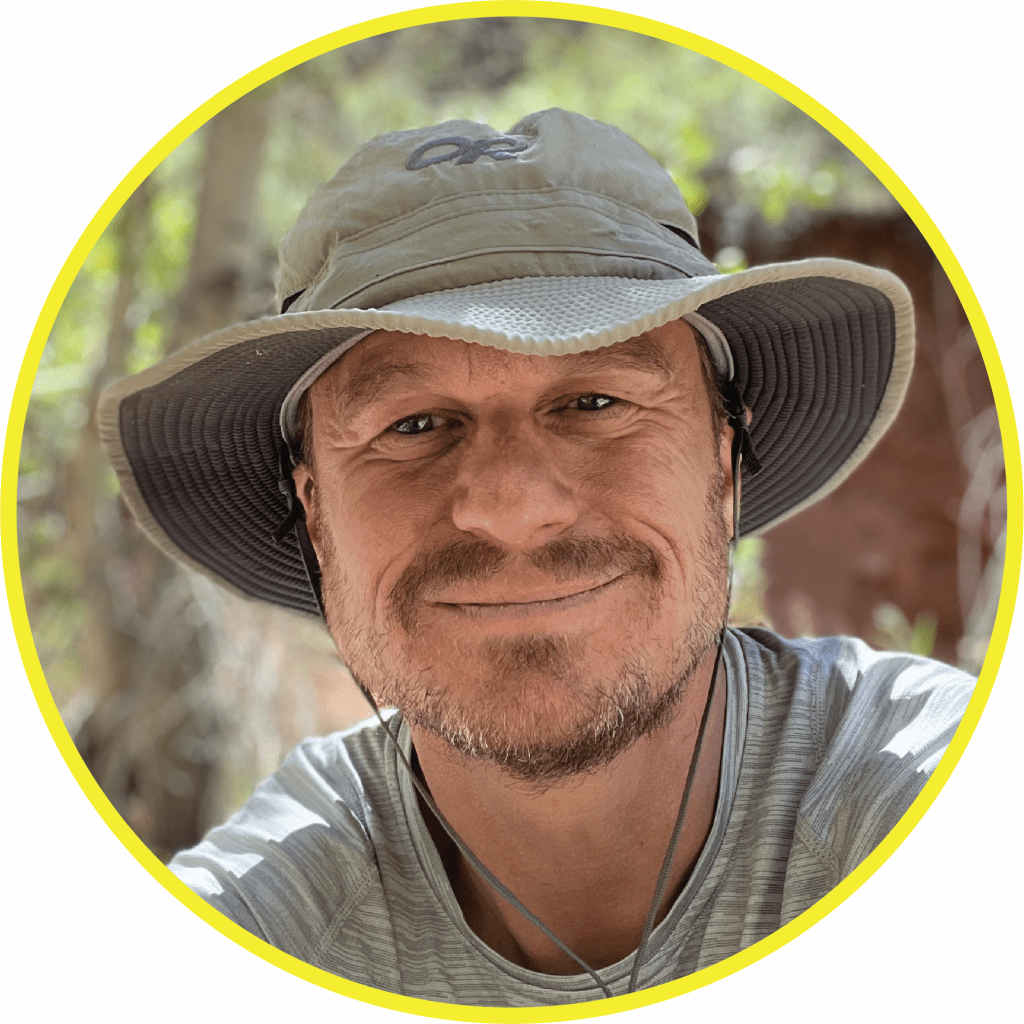
Shane Ludtke
Shane Ludtke has had a life long interest in astronomy. His first view of Saturn through a telescope at age 9 established his love of the night sky. Shane became an active astronomer in 2003 after purchasing an 8” dobsonian telescope. Shane loves to observe all objects in the sky and uses telescopes ranging from 25mm to 300mm aperture. Shane is an active member of the local astronomy club and has held numerous positions including President. Shane and his long time observing friend, Chris Beckett, began the Actual Astronomy podcast in 2020 and continue to release 2 episodes weekly that focus on visual observing.
Jeff Buler
Jeff Buler is a Professor of Wildlife Ecology in the Department of Entomology and Wildlife Ecology at the University of Delaware. He holds an MS degree in Wildlife from Louisiana State University and a PhD in Biology from the University of Southern Mississippi. He established his research lab, the Aeroecology Program, at the University of Delaware in 2011. Dr. Buler is an international leader in the development of novel methods and software for using weather surveillance radars to study the broad-scale distribution, movement, and habitat use patterns of birds, insects, and bats. His research interests include 1) modeling species distributions and habitat relationships over broad geographic scales, 2) assessing wildlife responses to habitat restoration, habitat management, and anthropogenic development, and 3) studying the behavior and ecology of birds during migration.
Matthias Schmitt
The night sky program manager for the National Park Service at Cedar Breaks National Monument. Schmitt has been passionately involved in astronomy outreach and public events in astronomy, STEM, and space sciences for over ten years. An avid eclipse chaser, Schmitt has traveled to Australia, Antarctica, Oregon, Argentina, Oman, and other locations to observe total and annular eclipses. Previously, Schmitt was the Executive Producer of the CGI-animated STEM television show Space Racers. Schmitt holds a Master of Science in Astronomy from Swinburne University’s Centre for Astrophysics and Supercomputing. He is a member of the American Association of Variable Star Observers (AAVSO), the American Astronomical Society (AAS), the St. George Astronomy Group, and the Amateur Astronomer Association of New York.
Article List:
- America’s UFO hotspots revealed in new map that shows nearly 100,000 sightings spanning two decades … is YOUR hometown in the ‘red zone?’, Matthew Phelan, Daily Mail.
- What’s The Explanation for Mysterious Lights in the West Texas Sky?, NewsWest9.
- The Stark Contrast: Astrophotography from Urban Backyards to Remote Dark Skies, Alex Cooke, Fstoppers.
- Same Nebula from the CITY vs. DARK SKY, Astrobackyard.
- Understanding the Night Sky: The Bortle Scale, StarWalk.
- The Impact of Artificial Lights on Insects | International Dark Sky Week with Dr Avalon Owens, DarkSky International.
- Light pollution is a driver of insect declines, Biological Conservation.
- City moths may have evolved smaller wings due to light pollution, James Dinnean, NewScientist.
- Artificial light at night (ALAN) pollution alters bat lunar chronobiology: insights from broad-scale long-term acoustic monitoring, Ecological Processes.
- In the Spotlight: Bat Activity Shifts in Response to Intense Lighting of a Large Railway Construction Site, Sustainability.
- Light and Light Signals Regulate Growth and Development in Woody Plants, Forestry.
- We Need Bird-Safe Buildings. The Movement is Growing., Connie Sanchez, Audubon.
- Revisiting 2017, Part 1: What Did Birds Do During a Total Eclipse? Observations from eBird and Radar on August 21, 2017, Benjamin Van Doren, Birdcast.
- Revisiting 2017, Part 2: What Did Birds & Insects Do During the 2017 Solar Eclipse?, Cecilia Nilsson, Birdcast.
- Dark Sky Month declared in Utah as state aims to foster ‘astrotourism’, Jonathon Sharp, ABC4.
- Fairfax County Parks Asks Residents to Switch Lights Off Saturday Night, Maggie Roth, NorthernVirginia.
- Monitor the Skies with a Light Pollution Monitoring Kit During Dark Skies Week!, Fairfax County, Virginia.
- Join the Rangeley Lakes Region “Light’s Out” event, Daily Bulldog.
- ‘Perth could reinvent itself as the city of starlight’: Backing grows for International Dark Sky Week 2024, Julie-Anne Sprague, 6PR Perth.
- Driver downs street light, parking meters in Ashland, Kaylee Lindenmuth, Shenandoah Sentinel.
- studio 5•5 repurposes scaffolding pipes and street lamps to illuminate paris olympic village, Design Boom.
- Wind farm radar system reduces nighttime light pollution in Iowa, YYC Team, Yale Climate Connections.
- America’s Drivers Agree: LED Headlights Are Just Too Bright, Katherine Bindley, Wall Street Journal.
- Why Your Headlamps Should Always Be Set to This Color Around Camp, Hayley Helms, Gear Patrol.
- Light Pollution and Oxidative Stress: Effects on Retina and Human Health, Environmental Pollution and Oxidative Stress.
- More exposure to artificial, bright, outdoor nighttime light linked to higher stroke risk, American Heart Association.
- New Jersey and Illinois Propose Outdoor Lighting Regulations, Leave Out Digital Billboards, Scenic America.
- NJ S2328
- IL SB2763
- Home lighting inventories offered to further Rangeley’s Dark Sky Certification, Daily Bulldog.
- Town of Truckee urging residents to embrace the night, launches dark skies rebate program, Sierra Sun.
- Light.
- DIY Landscape Lights.
- This Lesser-known U.S. National Park Is One of the Best Places to See the Annual Synchronous Fireflies — What to Know, Rachel Chang, Travel & Leisure.
- Want to live in Oregon’s Dark Sky Sanctuary? Here are homes for sale in Lake County, Janet Eastman, The Oregonian.
- Astrophotography in Saskatchewan, Canada: Where and How to Photograph the Province’s Dark Skies, Paul Sullivan, Matador Network
Since we’re speaking of eclipses, I’m not sure if you any of you witnessed any strange activity up there in the skies during the big show. I’ll kick things off today with a hot take from the Daily Mail, ‘America’s UFO hotspots revealed in new map that shows nearly 100,000 sightings spanning two decades…is Your hometown in the ‘red zone’?
We just got back from Big Bend, which has impeccably brilliant night skies, and I’m sad to report that I did not see any UFOs.
An astute eye will notice that this UFO map correlates to areas without, or with minimum light pollution.
Here’s one phenomenon that may be mistaken for an alien invasion – Falcon 9 separations! This comes to us from NewsWest9, whereby folks in West Texas witnessed what I can only best describe as a white fuzzy object that puffed out a smoke ring.
Speaking of sky brightness, there’s an interesting video on the impact of light pollution on photography.
The power duo over at AstroBackyard, including past guest, Ashley Northcotte, put together a very nice video on the differences between shooting in a Bortle 6 and Bortle 3 sky.
For those of you who have no idea what I’m talking about, the Bortle scale is a generalized approximation of sky brightness, with 1 being a highly contrasting milky way while 9 lacking nearly all stars – is a true sight of visual light pollution.
AstroBackyard used two images of the Horsehead nebula, including one taken by Northcotte at the Winter Star Party in Florida. The other, taken from their house under Bortle 6 Ontario skies.
In this video, Trevor Jones didn’t use a filter. However, I think it does a pretty good job explaining how we visually see light pollution impact the sky above us.
Before we depart from the Bortle scale real quickly. I saw something for the first time out at Big Bend. Many nights, I ended up placing my sleeping pad on the campsite picnic table and just staring upward while my cameras did their thing.
For the first time ever, while gazing up at the constellation Ursa Major, I actually envisioned the bear! I’ll admit, this has been a strange one for me to mentally capture before, but all of the sudden it made perfect sense!
Up and down the bortle scale you have these bellringers, like the Beehive Cluster M44 in the constellation Cancer, that disappears without too much effort in Bortle 7 skies. The smudge of the Orion Nebula becomes hard to seen Bortle 6, and so on.
I came across a nice piece written that explains the bortle scale quite nicely. If interested, this will be over on the show’s page on LightPollutionNews.com.
International Dark Sky Week stretched from April 2nd to April 8th?
Here at Light Pollution News we posted our annual five day Instagram take over of our local friends group in the Philadelphia park system, the Friends of the Wissahickon. So you might have noticed additional photos come through Light Pollution News’ Instagram feed.
Did any of you happen to do anything for International Dark Sky Week?
On March 23rd, In Northern Virginia, Fairfax County Parks encouraged residents to switch off exterior lighting for one hour between 8:30 – 9:30 PM. Then, two weeks later – during Dark Sky Week, the Fairfax County Public Library system offered light pollution monitoring kits that could be borrowed for up to three weeks. Each kit contained a sky quality meter, a red light flashlight, and one of my favorite tools for understanding the night sky – one that I fear has fallen out of favor given our dependence on smart phones, a planisphere.
Fairfax wasn’t the only community that tried to build support for a lights out event. Rangeley, Maine set its “county-wide Lights Out’ for two hours starting from 8pm onward on April 6th. Local photographer Kyle Haley shot the event from the air, in what I presume was by use of a drone.
The state of Utah, took International Dark Sky Week one step further, declaring ‘Dark Sky Month!’
The payoff?
Well, Utah believes it will be in the range of $5.8 billion USD. Managing director of the Utah Office of Tourism, Natalie Randall stated, “Dark Sky preservation encourages overnight stays, diversifies the Utah product and expands the visitor experience.”
International Dark Sky Week is Dark Sky International’s attempt to draw awareness and attention to the issues of light pollution. Throughout the week, volunteers attempt to educate the community through proclamations and outreach.
During this week, Dark Sky International led the way by conducting a series of educational videos on their YouTube channel.
One notable video came by the way of Dr. Avalon Owens, who looked at how light pollution was affecting insects. Interestingly in the video, Dr. Owens makes the case that researchers, through a traditional diurnal (daytime) bias, tended to focus only on daytime animals over nocturnal animals, leading us to not at all register artificial light as a problem for ecologies until very recently.
Dr. Owens posits that light pollution affects insect timing, navigation, and how flowers/landscapes visually appear to nocturnal creatures. If anyone wants to learn more about Dr. Owens’ work, Jeff was kind enough to forward over an excellent article coauthored by her on how light drives insect declines. You can find that on this show’s page, and we will have this – and all of the articles that Jeff forwarded over in our release email for this show. So if you’re not on our mailing list, you can sign up over at LightPollutionNews.com.
If anyone wants to see an example of a light trap, we came across a church in Fredicksburg, TX. The church light bathed its walls and caught a moth type insect that I didn’t identify. Check out our Instagram to see this quick video! It was astounding how many moths were trapped circling the light.
In line with Dr. Owens’ arguments, a study out of the Catholic University of Louvain in Belgium found that successful urban moths had smaller wing sizes than moths in rural areas, correlating to a weaker response to light traps used in the study. As a trade off to being able to survive in bright, nightless environments, smaller winged moths cover less ground at a slower rate.
This month, a study from Ecological Processes looked at a decade of acoustic monitoring data from North Carolina to understand bat activity as it pertains to the lunar cycle and light pollution. Their findings identified artificial light at night as being a potential culprit for reduced bat activity irrespective of the lunar cycle.
And a separate study in Sustainability looked at the impact of light used in the construction of a new high speed rail line in northwestern Italy, and how that light impacted bat ecologies. The key takeaway here was that artificial light at night significantly reduced species “richness” favoring bolder species who swept in for feeding over the more light timid species.
In the journal Forests, a study found, perhaps unsurprisingly, that environmental light regulated woody plant circadian rhythms. As it specifically relates to artificial light at night, prior research found that ALAN ushered in budbursts in deciduous trees around 8.9 days earlier in the spring and delayed color change over in the fall by around 6 days on average.
Jeff, you included an article on bird activity from the 2017 eclipse using radar analysis and citizen science eBird observations (an application where birders can record what they see). Can you walk us through these observations? For those of you keeping track at home, these will be under the title ‘Revisiting 2017, Part 1 & 2’ on the show page’s links / or in our show mailer.
As many of you know, here in North America, we’re recording this in the midst of spring bird migration. Audubon put out an overview of the many things various chapters around the United States are doing to promote safe passage for birds, including working with businesses and governments to pass bird safe window practices and instituting lights out programs.
Now, Jeff, you forwarded over five articles discussing birds and their fatal attraction to artificial light. Are you able to walk us through this research?
Streetlights! Streetlights this month!
Well, you guys are in luck, we don’t have much of a streetlight segment! I did come across this one from Ashland, Pennsylvania. It appears that street lights can’t prevent drivers from cruising onto the sidewalk and raging chaos!
Around 11:30pm, a driver in a Subaru Legacy decided to go curb hopping in the center of town. The driver blasted through several parking meters, a decorative tree, and one street light pole, before almost knocking down a second.
If only there were more lights on that street to keep the driver on the road!
This is a really interesting article from Paris, in the lead up to the 2024 Olympics, it appears that the city created 350 lamp poles from repurposed street lights – utilizing tubing to create new arms. A clever way not only to recycle but to add character and lighting.
Onto technology, MidAmerican Energy in Iowa has started to install radar systems that will bring on red lights set atop windmills to alert low flying planes. This isn’t the first time we’ve heard about this, parts of Germany, I believe, debuted this technology, and parts of Eastern Washington are already using it.
One topic that we don’t regularly discuss on this show, which you wouldn’t think given the name of it, is glare. However, I’ve found that glare isn’t something that most people intuitively understand – it’s as if you need to teach people about glare for them to recognize it.
From the Wall Street Journal, Katherine Bindley writes about LED headlights. There was an article about a year ago that argued for warm colored fog lamps, seeing that longer wavelength lights cut through fog better. But for the time being we’re stuck with these super bright, super white – shortwave headlights. Headlights that are often so bright that they don’t create contrast – rather they oversaturate the road area in a way akin to light bathing a building – it’s difficult to identify detail or color without that contrast.
An added bonus here, one thing I really have griped about over the past few years is the uptick in god forsaken blinding bike lights – and the abject loss of cycling etiquette in using such lights.
Gear Patrol offered a glimmer of hope. It appears that red lights at camp are finally becoming noticed as a viable option. I’ve used red lights for years, not just for astronomy but for regular backpacking as it enables me to have greater domain awareness since I don’t lose my night vision.
Here’s an article that also makes the case for using red, but this time to cut down on flying bugs. Hayley Helms, points out that most insects can’t see red. And one of the table lights that she features even has a red light mode. Sure as hell beats the old school omniblinder by Coleman!
On this note, an article in Environmental Pollution and Oxidative Stress looked at the research on how blue light affects the human body, essentially summing up with many of us already knew – that excessive exposure to blue light may create oxidative stresses in the retinal photoreceptor cells (that can be from solar or artificial sources), which in turn suppress melatonin secretions.
I included this one, not because it’s telling us something new, but because the article itself is a very good lit review of the prior studies on this topic. If you’re interested in fully reading through it, please swing over to LightPollutionNews.com and look at the links provided in this month’s show, or simply wait for our monthly release mailer.
Also in health this month, from the American Heart Association, individuals who are regularly subjected to bright artificial light at night might be at greater risk for developing strokes! From a study including 28,302 individuals, it was found that people with the highest levels of “outdoor light at night” had a 43% greater risk for developing strokes. Similar fates correlated to individuals who had the highest exposures to particulate matter (vehicle emissions, dust, smoke, etc).
Some policy momentum this month.
From Scenic America, ‘New Jersey and Illinois propose outdoor lighting regulations, leave out Digital Billboards.’ In New Jersey, SB2328, and in Illinois, SB2763, both attempted to kick off common sense lighting rules state wide.
These aren’t the only bills out there. This month, I heard from prior guest, Tim Brothers, who expressed optimism at the dual bills moving through the Massachusetts government. Some things to note about the New Jersey and Illinois bills are as follows.
The New Jersey bill only affects new or replacement state owned fixtures from the date of the bill. Fixtures must fit guidelines within the bill, including mandatory timers for lighting over 1800 lumens.
It appears that Illinois is attempting to do what California Governor Gavin Newsom twice put the kibosh on – namely pass a robust and well compiled piece of legislation requiring any light that receives state funding to be:
- full shielded at a max 60 degree angle
- minimize light trespass via shades or exterior fixture angling.
- to be less than or equal to 2700K in color – not exceeding 2200K in residential and environmental areas
- exterior façade or flag pole lighting to be facing downward, of “low intensity”
- vanity lighting, such as the previous, should be dimmed or turned off between 11pm to 6am.
Regardless of the legislation, Scenic America’s gripe appears to be with advertising….well the lack of either bill to speak to advertising – such as LED billboards.
In addition to the state level, there are some very positive things going on at the local level.
Take for instance the Rangeley Lakes Heritage Trust in Maine. They offered a home lighting inventory to showcase dark sky compliant fixtures in their attempt to become a Dark Sky Community. Linda Dexter, referenced in the article, mentions that there’s “several attractive designs, and the pricing is the same as non-compliant lighting.” Further stating that most manufacturers have dark sky fixtures. And in Truckee, CA, the town has launched a $50,000 rebate program to encourage folks to swap out old outdoor lighting fixtures for responsible ones. The target is specifically commercial and residential buildings. The rebate purports to cover 100% of the outdoor lighting equipment to be purchased. It’s backed by the Climate Transformation Alliance, a regional organization that is attempting to obtain carbon neutrality by 2045.
We have some fun ones to finish out the show today.
An Australian lady named Carol Redford, asks fellow Perth citizens to “reinvent itself as the city of startlight,” Much of Redford’s discussion on 6PR, the news source reporting here, fits into the standard dark sky discussion points. I will note that Redford is the head of Astro-Tourism Western Australia. Perth itself is home to approximately 2M people. If Redford is able to have a sizable impact that would be the stuff true legends are made of. Stranger things have happened!
Have you heard about this? A movie called Light plays on people’s fear of darkness. I guess you could call it a scifi-horror. The premise goes like this – an escape pod from a starship crashes onto a dark planet with murderous creatures attracted to light. And, of course, she must now find her missing son.
How about this as an alternative to boring landscape lights. Ben Uyeda, of the DIY landscape light YouTube channel built a unique and, by all means, responsible landscape light fixture. Utilizing glass bricks, a solar powered landscape light, and a custom molded base, the fixture rises up as a rocky protrusion from the ground and puts off a mild glow, rather than a direct ray upward.
Firefly show demand continues to rise. This year, two places, the Great Smoky Mountains National Park and Conagaree National Park look to be epicenters for the curious. Both parks now utilize lottery systems to protect the firefly viewing.
Anyone looking to build their observatory cabin?
With last month’s new dark sky sanctuary designation in southern Oregon, The Oregonian ran an article offering up land options for potential buyers. Plenty of fixer uppers to be had, including an RV shelter and laundry…well structure is probably the most graceful term here, located on 2.87 acres for $110k. Or if you have some spare change, why not take a look at a 2400 sq ft home on 21 acres for $520k. In the city of Lakeview, you can snag 20 acres of land along Renner Lake for $49k.
I want to close out today’s show with one to get you in the mood for galaxy season! How about a trip to Saskatchewan? Saskatchewan is home to two Dark Sky Preserves, including the Cypress Hills Interprovincial Park Dark Sky Preserve and the Bortle 1 Grasslands National Park Dark Sky Preserve. Shane, I think this article sold me Cypress Hills – apparently it’s the place to be for anglers, hikers, kayakers, and mountain bikers. Seems like a phenomenal province to live in!
